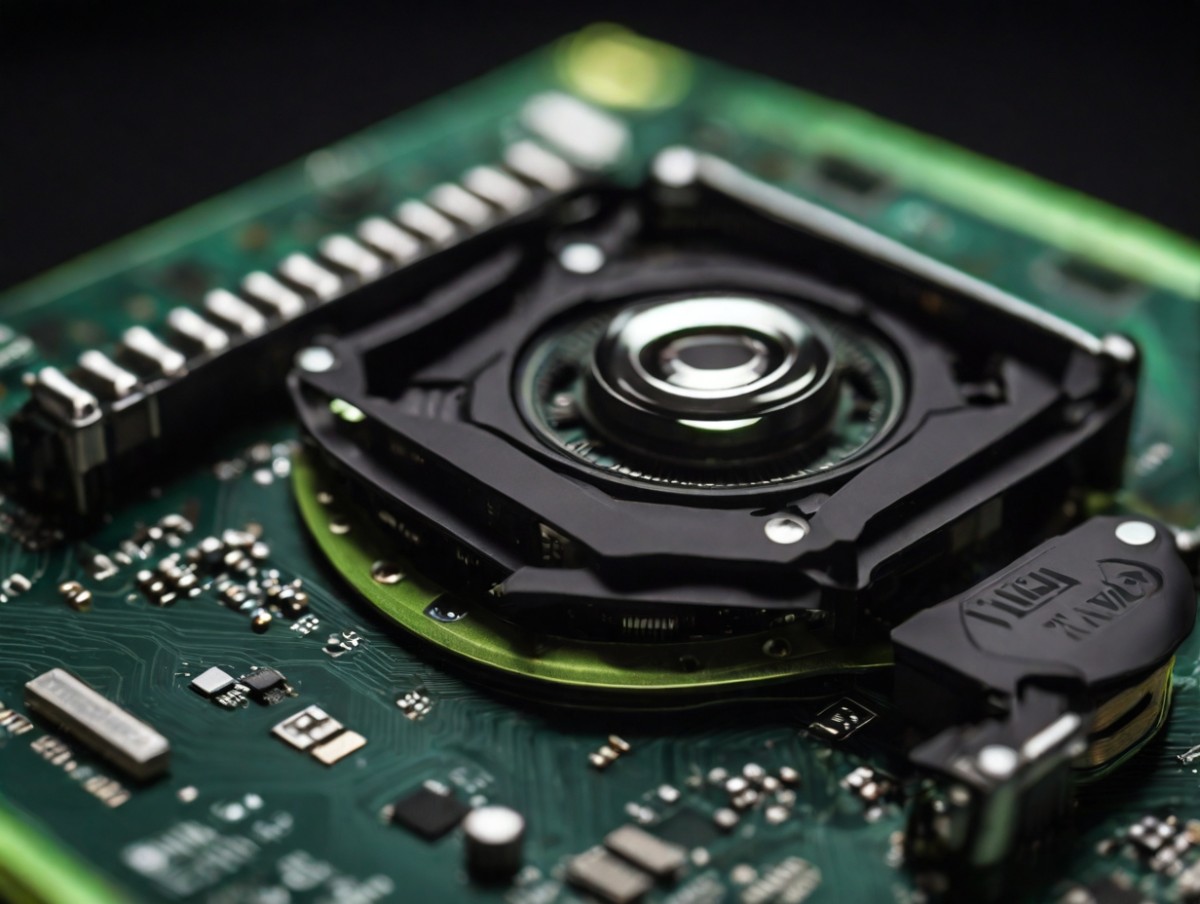Nvidia’s (NASDAQ: NVDA) remarkable stock performance has astounded investors, with an astonishing 239% surge in 2023, followed by another impressive 45% climb in early 2024. The company’s dominant position in providing chips for artificial intelligence (AI) applications has fueled optimism among investors, who eagerly anticipate continued growth in this burgeoning sector.
High expectations amidst skyrocketing stock valuation
Despite the astronomical rise in Nvidia’s stock price, concerns are emerging about the sustainability of its growth trajectory. The stock trades nearly 100 times its trailing earnings, reflecting a steep premium investors are willing to pay for a piece of the AI juggernaut. However, this lofty valuation raises questions about the feasibility of Nvidia meeting the sky-high expectations set by analysts and investors alike.
An analysis of Nvidia’s Price-to-Earnings Growth (PEG) ratio, a metric used to gauge the relationship between a company’s earnings growth and its valuation, presents a mixed picture. While Nvidia’s PEG ratio sits below 1, indicating potential undervaluation relative to its growth prospects, it heavily relies on optimistic analyst projections. With an estimated annual growth rate averaging 95% over the next five years, Nvidia faces immense pressure to deliver on these ambitious forecasts.
Navigating the risks of Nvidia overvaluation
The exuberance surrounding Nvidia’s stock comes with inherent risks, particularly as expectations reach unprecedented levels. Analysts anticipate continued exponential growth, projecting Nvidia to double its revenue for five consecutive years. However, such lofty predictions create a precarious situation, as any deviation from these aggressive targets could trigger a significant market correction. Concerns have been raised regarding the sustainability of Nvidia’s growth rate in the long term, with some industry experts cautioning against overreliance on AI’s transformative potential.
Sam Altman, CEO of OpenAI, has warned of the dangers of setting unrealistic expectations for AI technology. This sentiment underscores the need for investors to exercise caution when evaluating Nvidia’s stock at its current valuation. While Nvidia remains a promising player in the AI chip market, alternative investment opportunities may offer a more prudent approach for risk-averse investors. Diversifying into other AI-related stocks with compelling growth potential could mitigate the inherent risks of Nvidia’s elevated valuation.
While Nvidia’s meteoric rise may tempt investors with promises of lucrative returns, prudence is warranted, given the uncertainties surrounding its future growth trajectory. The company’s leading position in the AI chip market is undeniable, yet the lofty expectations embedded in its stock price pose significant risks for investors. As the market braces for potential corrections, exercising patience and exploring alternative investment avenues may be prudent in navigating the volatile landscape of high-growth stocks.
By adhering to these principles, investors can position themselves to capitalize on the transformative potential of AI technology while mitigating the risks associated with overvalued stocks like Nvidia. As the market continues to evolve, informed decision-making and a diversified portfolio will remain essential tools for navigating the complexities of today’s investment landscape.





